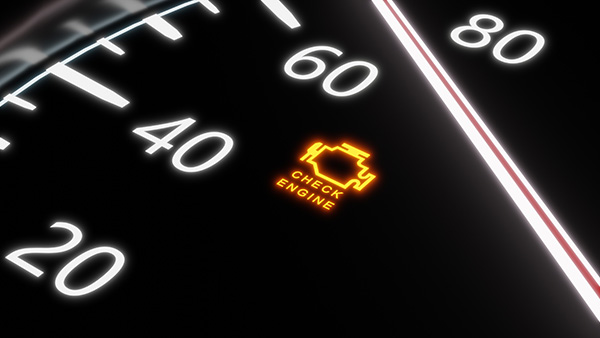Posted on 10/31/2025

A quiet drive can turn stressful the moment that little orange light appears. The car still runs, yet you do not know what is happening under the hood. Some problems can wait for a planned visit. Others need attention right away. Knowing the difference keeps you safe and prevents a minor fault from turning into a big repair. What the Check Engine Light Really Means Your engine computer watches dozens of sensors and compares their signals to expected ranges. When a reading goes outside that window, it stores a code and turns on the light. The code points to a system that needs testing, not to a guaranteed bad part. A proper diagnosis looks at live data, freeze frame details, and how the engine behaves under load. That is how you find the root cause instead of guessing. Solid vs. Flashing: Know the Difference A solid check engine light means the computer has found a fault that affects emissions or drivability but is not likely to cause immediate da ... read more
Posted on 9/26/2025

Driving in extreme temperatures can be uncomfortable for you, but it’s even tougher on your engine. In a hot climate like Arizona’s, one of the first components affected is your engine oil. Heat changes how oil behaves inside your engine, and if it's not up to the task, it can lead to accelerated wear and long-term damage. Engine Oil Needs to Stay Stable Under Stress Motor oil has a specific job. It lubricates moving parts, reduces friction, carries away heat, and keeps contaminants suspended so the oil filter can trap them. But when temperatures rise, oil becomes thinner. If it gets too thin, it may not provide enough protection between metal surfaces. On the flip side, if oil thickens from oxidation in high heat, it becomes sluggish and doesn’t flow well through small channels. In either case, your engine suffers. Parts start to wear faster, oil pressure may drop, and heat builds up more than it should. Without the right oil, your engine coul ... read more